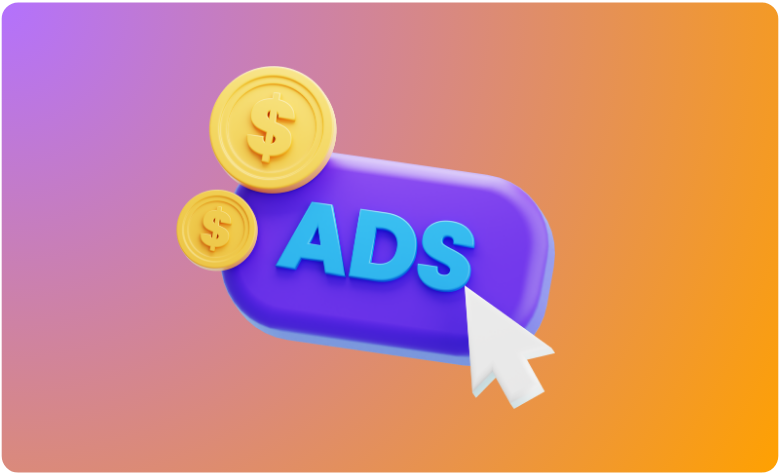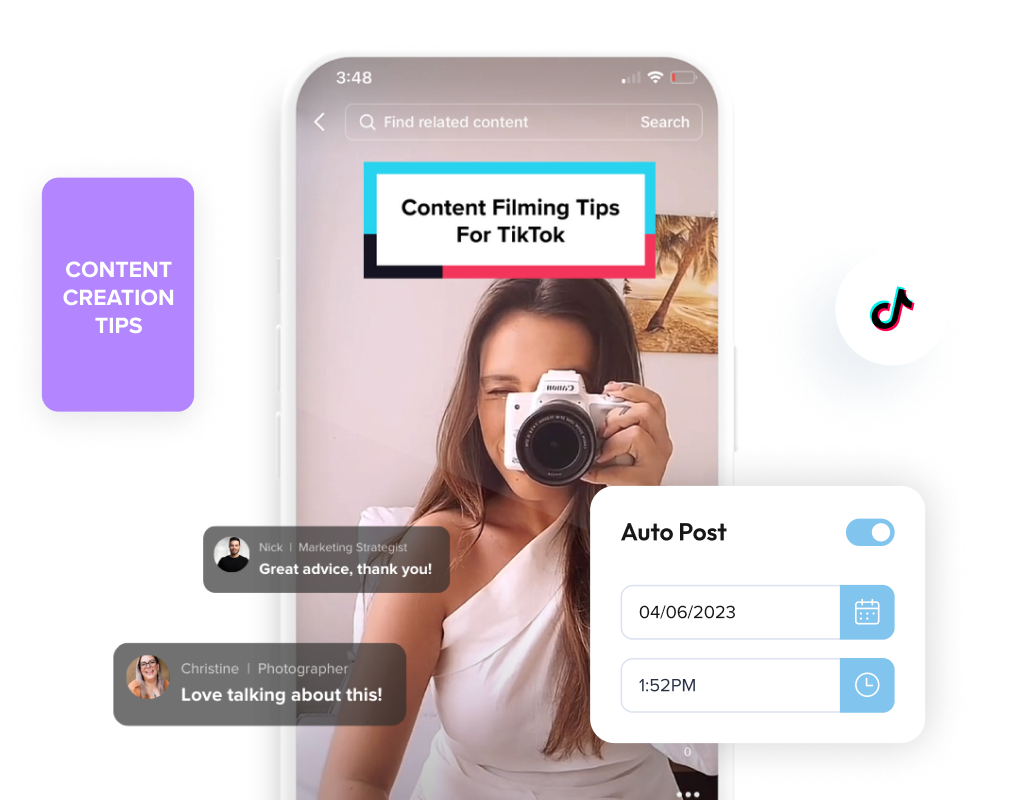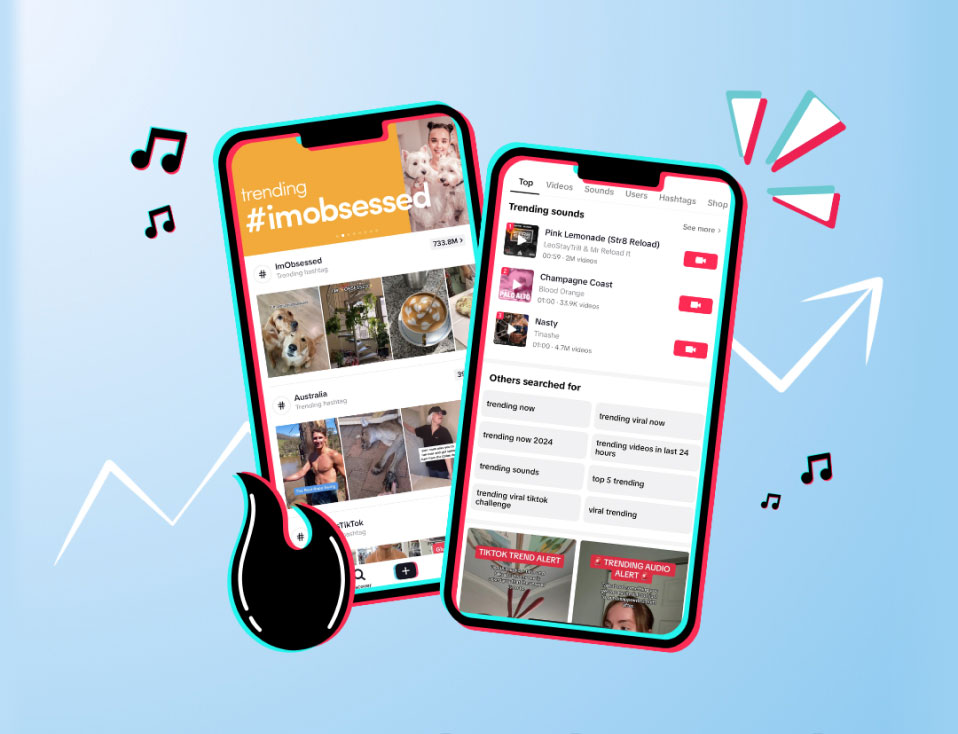At first thought, putting your advertising dollars on YouTube over TikTok may seem like a no-brainer. After all, YouTube has over a billion more users than TikTok, so the choice should be straightforward.
But that’s not the whole story.
Before choosing any of these social media platforms, it’s important to weigh other factors, including the cost of running paid campaigns and the return on investment (ROI) you can expect. That way, you can be sure your ads are reaching the right people and delivering results.
In this blog, we’ll compare TikTok ads vs YouTube ads to determine which aligns better with your paid ads marketing strategy. Let’s get started!
Schedule YouTube Shorts With Plann
Plan and schedule your YouTube
Shorts effortlessly, all in one place!
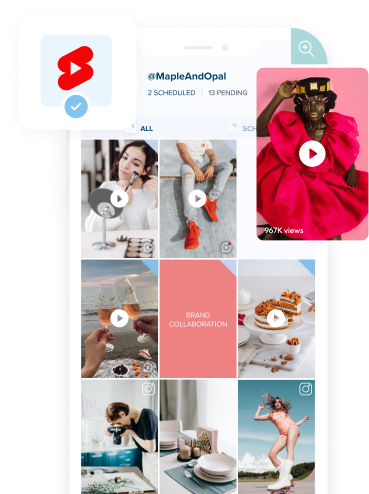
What are TikTok ads?
TikTok ads are paid promotions run on TikTok. They come in various formats (more on these later). But a common denominator is that they usually have the “Sponsored” tag below the caption:
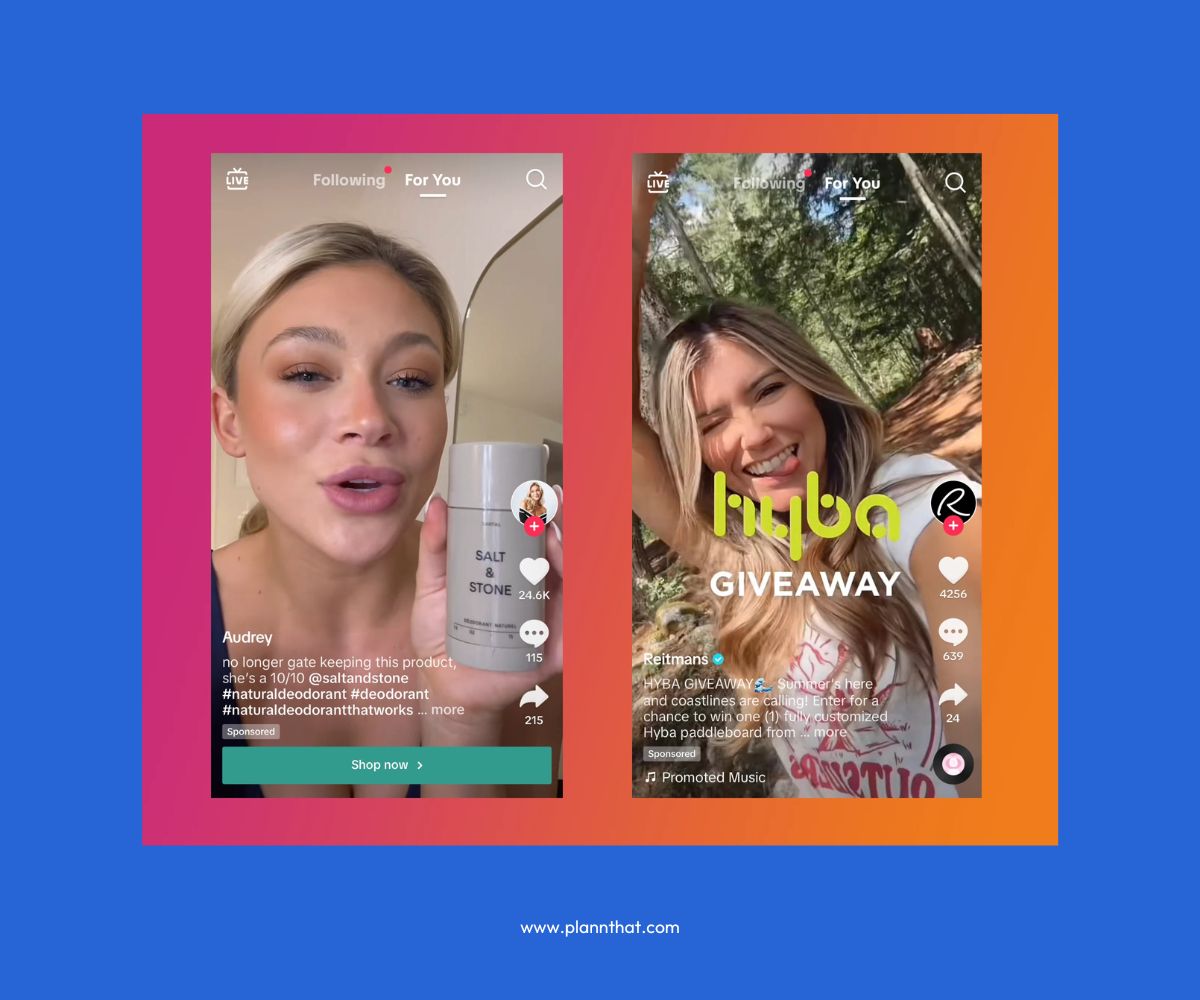
TikTok Ads Examples
You may have thought of TikTok as an app for dance challenges. But it’s becoming a hotspot for brands and advertisers as well. In fact, TikTok reported that users are 1.5 times more likely to make a purchase when they see an item advertised on the platform.
What are YouTube ads?
YouTube ads are paid video advertisements on YouTube.
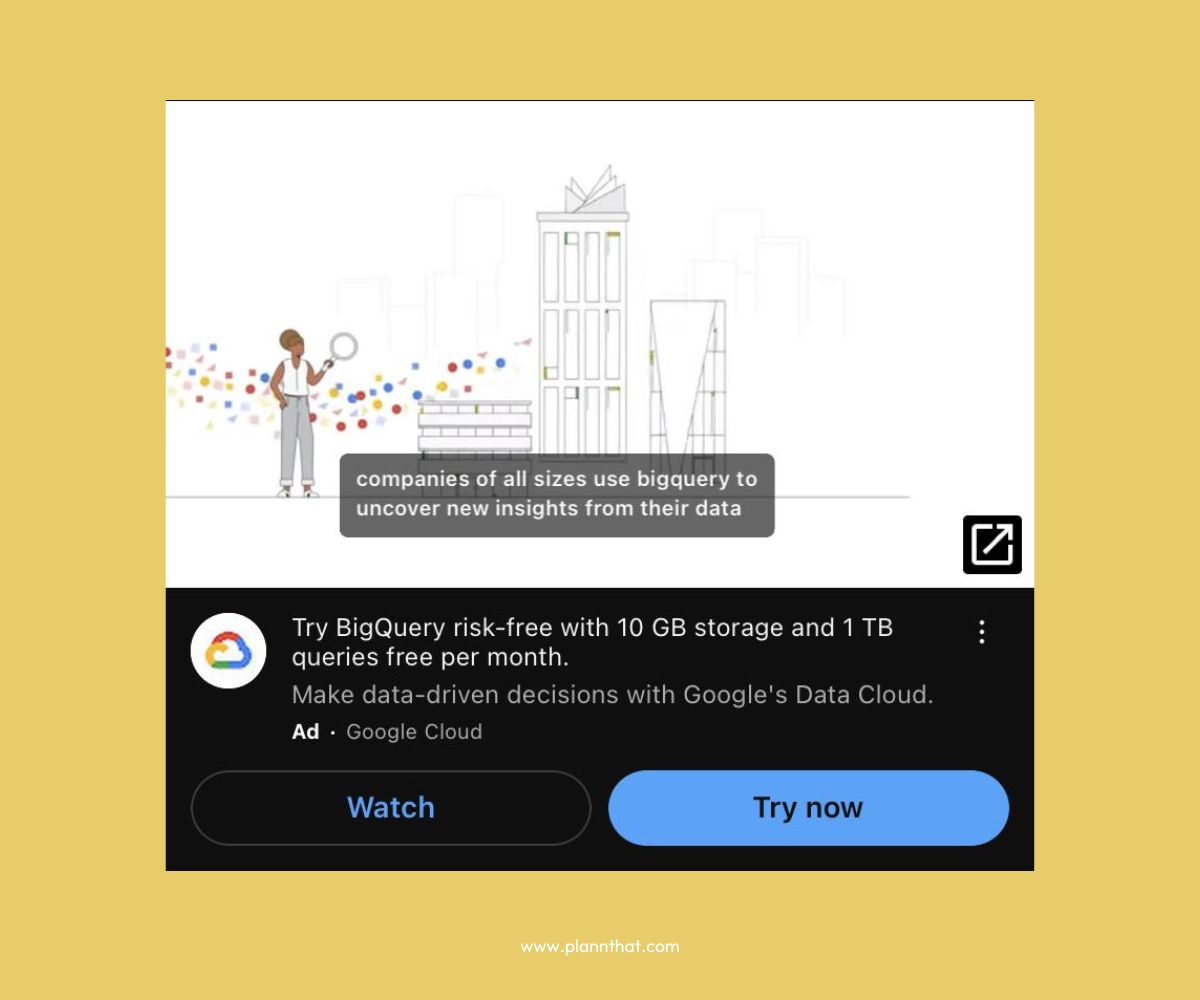
Youtube ads example
YouTube ads are a part of Google ads. So, you can extend your video ads placement to websites and apps that are part of Google’s video partner network.
Plus, you can leverage the extensive data from Google Analytics 4 for your YouTube ad campaigns. For instance, you can choose to target users based on their recent search queries to boost the relevance and impact of your paid ads campaigns on YouTube.
Comparison between TikTok and YouTube ads
Not sure which platform is right for your brand? Let’s compare TikTok ads vs YouTube ads to help you determine which best fits your marketing plan.
1. Audience demographics
Your ideal social media channel should be where your target audience spends most of their time. That’s why demographic analysis is necessary.
TikTok has long been a cultural sensation among Gen Z and younger millennials, with almost 40% already favoring it as an alternative to Google Search for search queries.
It’s unsurprising that 37.3% of its active users fall within the 18 to 24 age group.
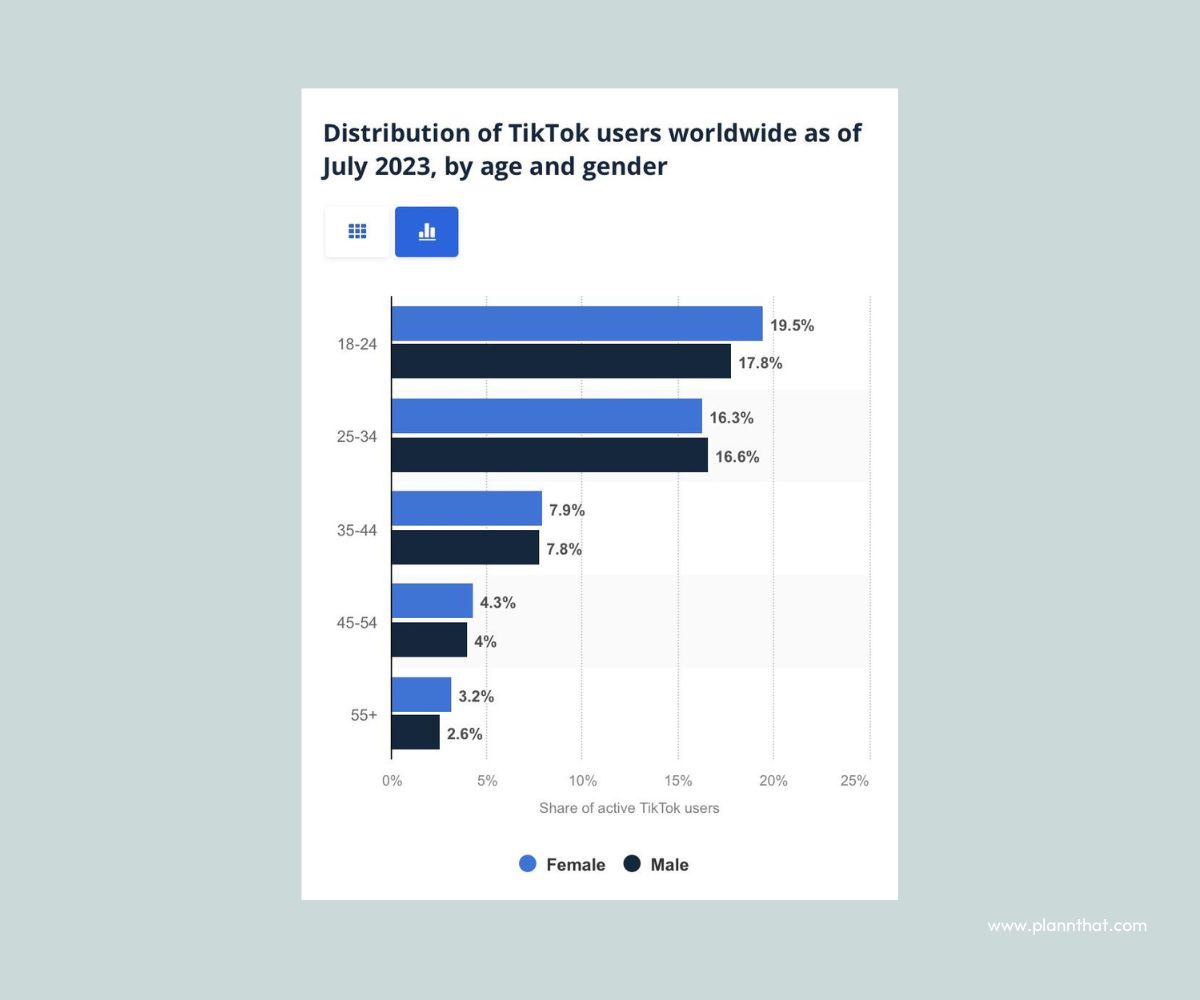
Graph showing the distribution of TikTOk users worldwide by age
YouTube has a broader demographic reach. Approximately 15% fall in the 18 to 24 age bracket, 20.7% are aged 25 to 34, and about 46% are above 35.
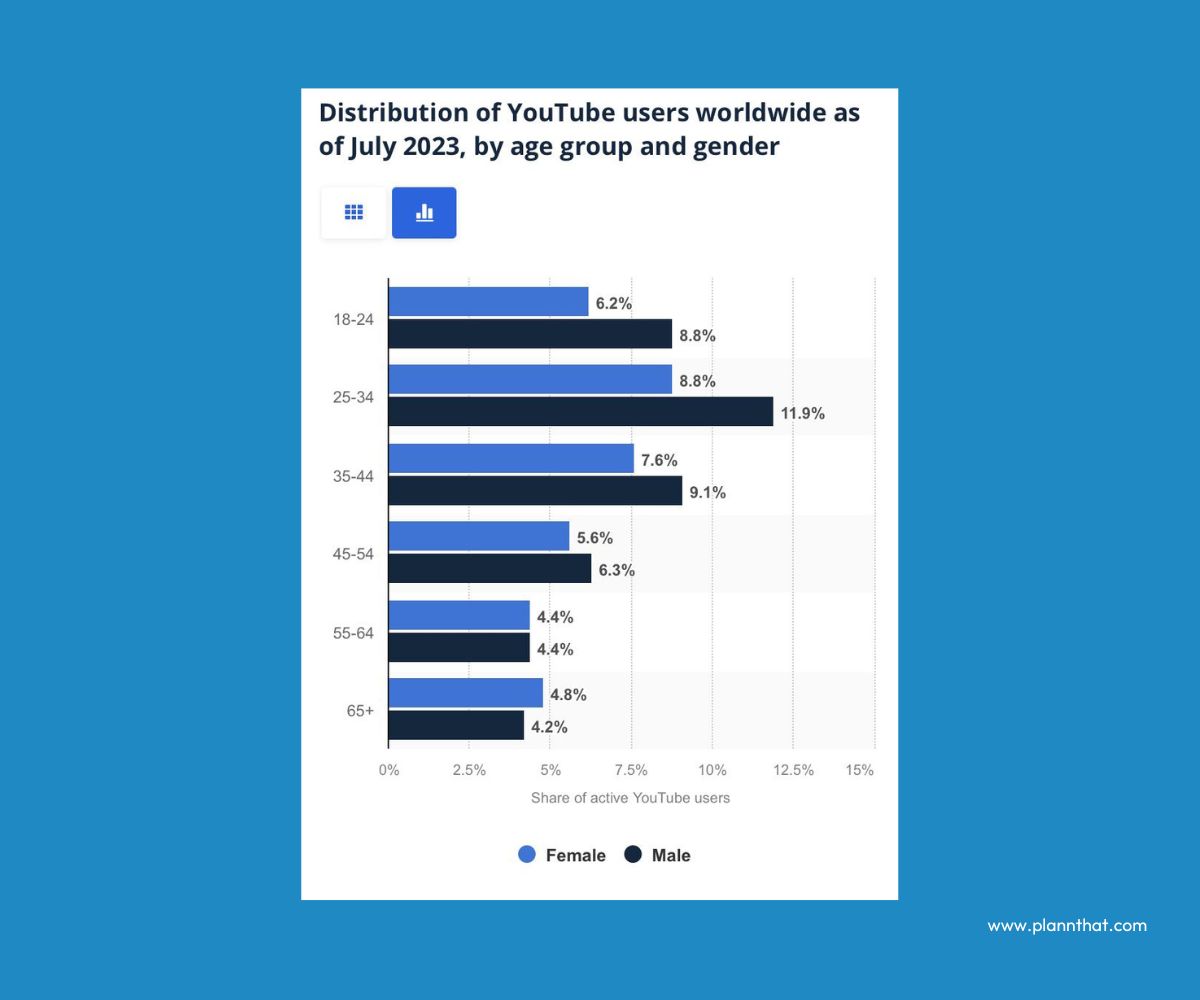
Graph showing the distribution of YouTube users worldwide by age
When it comes to gender, there isn’t much variation between the platforms. YouTube has 55% male and 45.6% female users, while TikTok has 51.2% female and 48.8% male users.
Ultimately, if you’re looking to target a younger audience, TikTok is likely your best bet. But if your audience is spread across multiple demographics, consider experimenting with YouTube ads first.
2. Ad formats
Each platform offers unique ad formats.
One of the most popular YouTube ad formats is in-stream ads, which appear before, during, or after a YouTube video. They can be skippable or non-skippable.
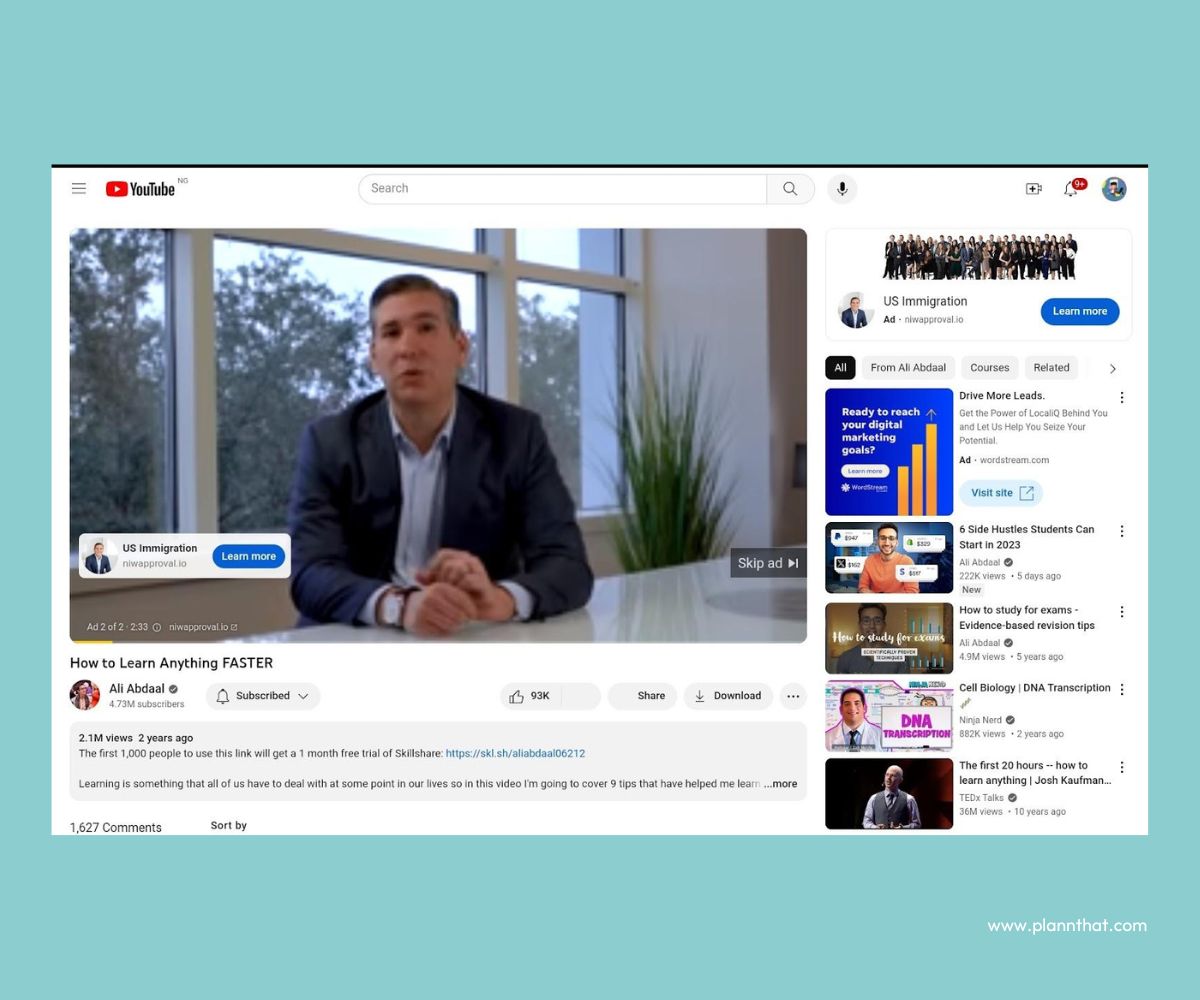
example of a skippable YouTube ad
For skippable in-stream ads, making your content engaging from the start is vital. Include important details within those initial seconds. That will ensure your messaging is registered in the audience’s minds even if they decide to skip the ad. You can leverage AI to help you create concise messaging for your ads.
Non-skippable in-stream ads can also be in the form of bumper ads, which are limited to six seconds.
Plus, YouTube offers out-stream ads designed for mobile devices. They appear on websites and apps within Google’s video partner network and automatically play when in view.

Example of an out-stream YouTube Ad
Additionally, display ads can appear next to or within YouTube video content, often as banners or overlays.
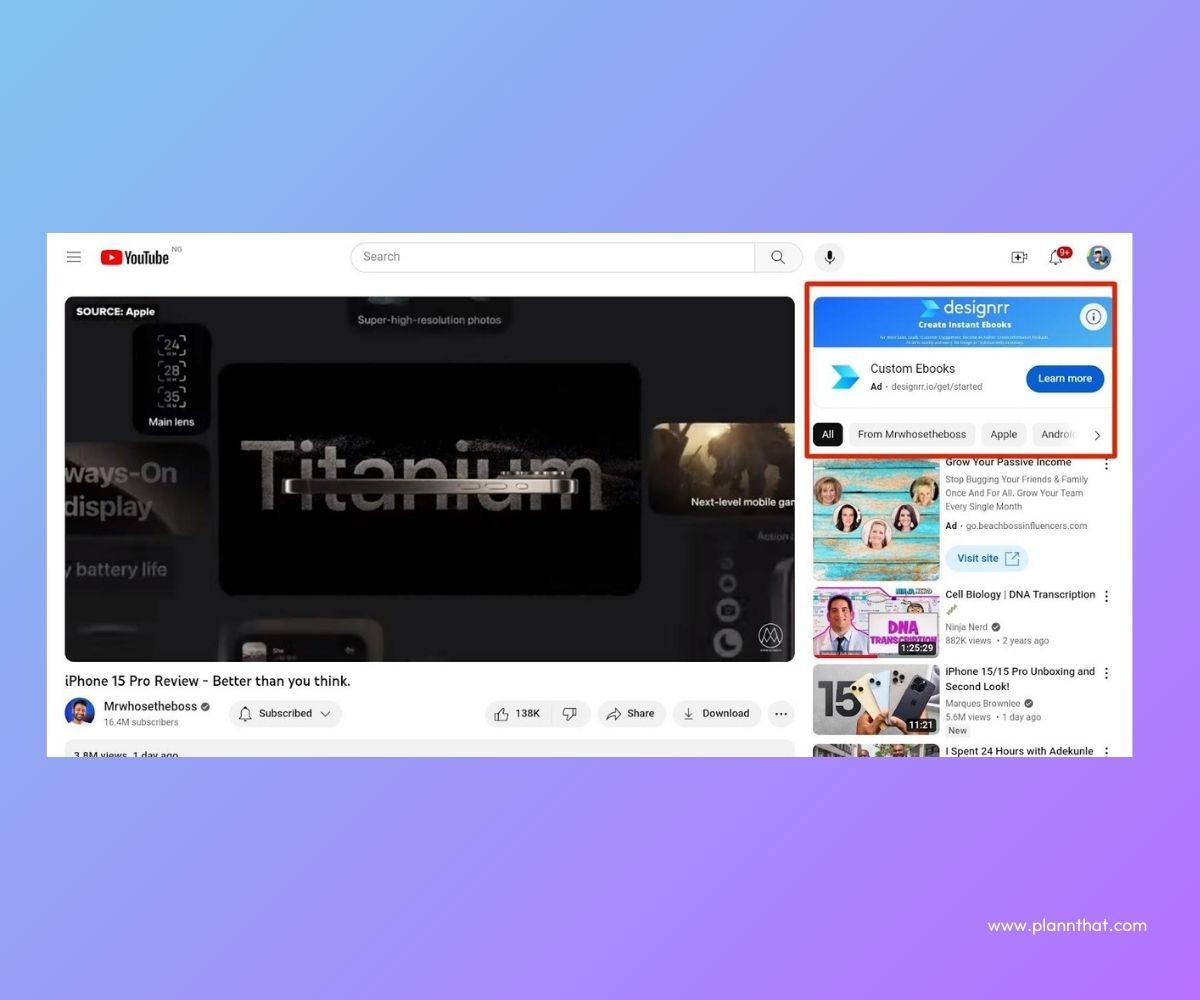
You may also see YouTube Shorts ads in your Shorts feed, like this one:
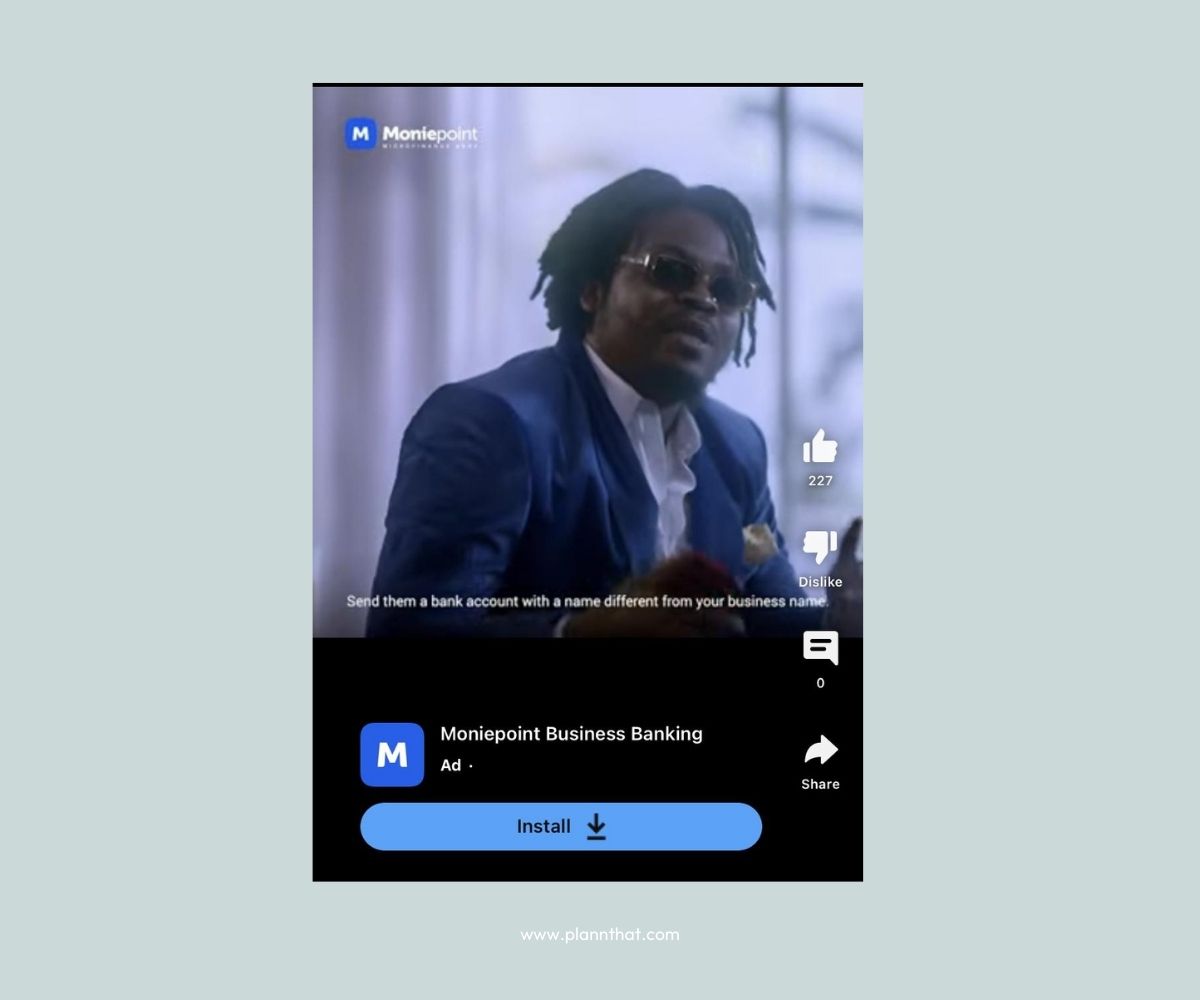
Example of a YouTube Shorts Ad
Discovery ads, meanwhile, are found on the YouTube home feed or search results:
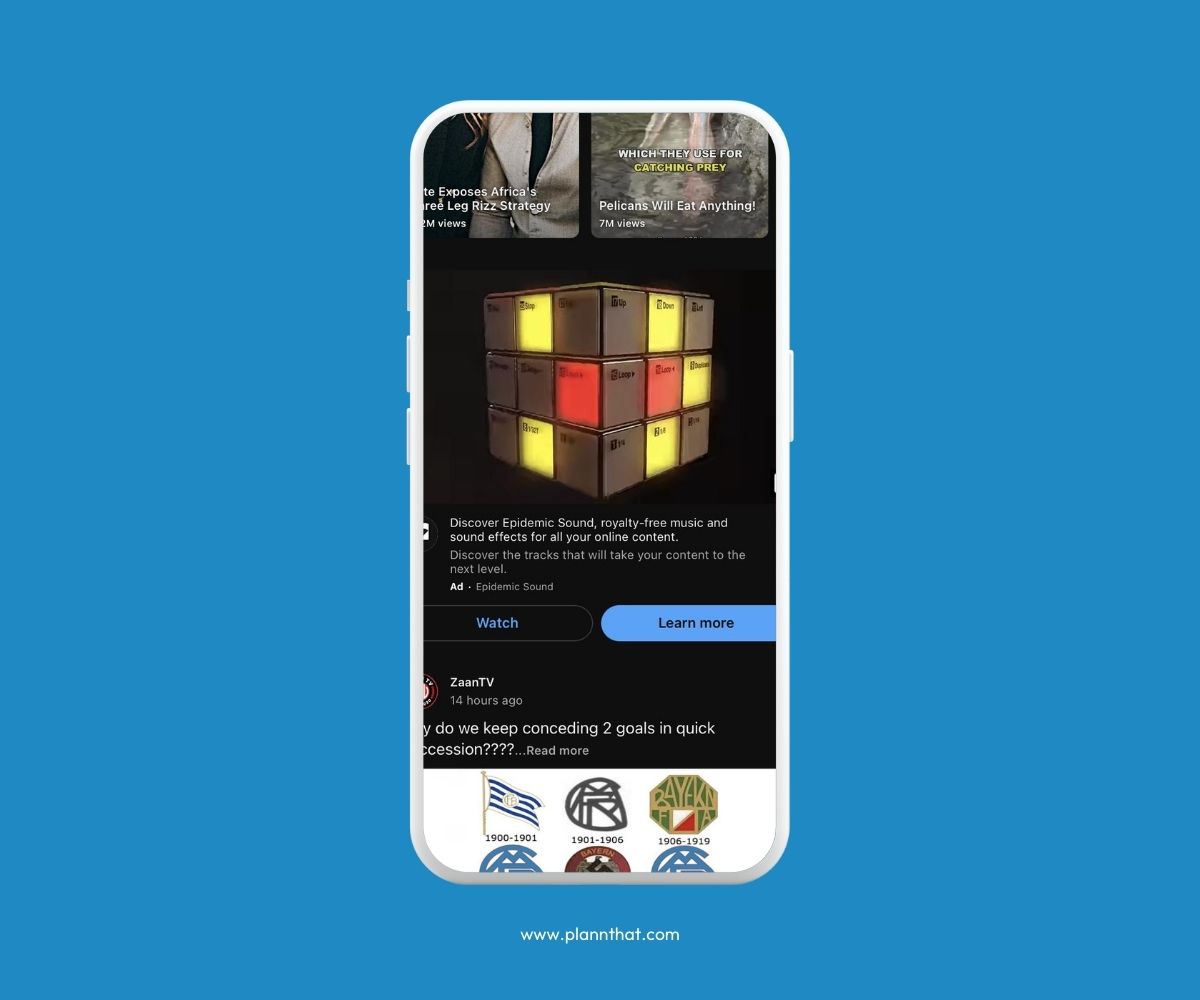
Example of a YouTube Discovery Ad
TikTok encourages more creativity in its ad formats. In-feed ads are probably the most popular. These short videos appear in a user’s For You feed, blending with regular content.
If in-feed ads appear in the “Following” timeline, they’re called Spark ads. These can be as long as 60 seconds.
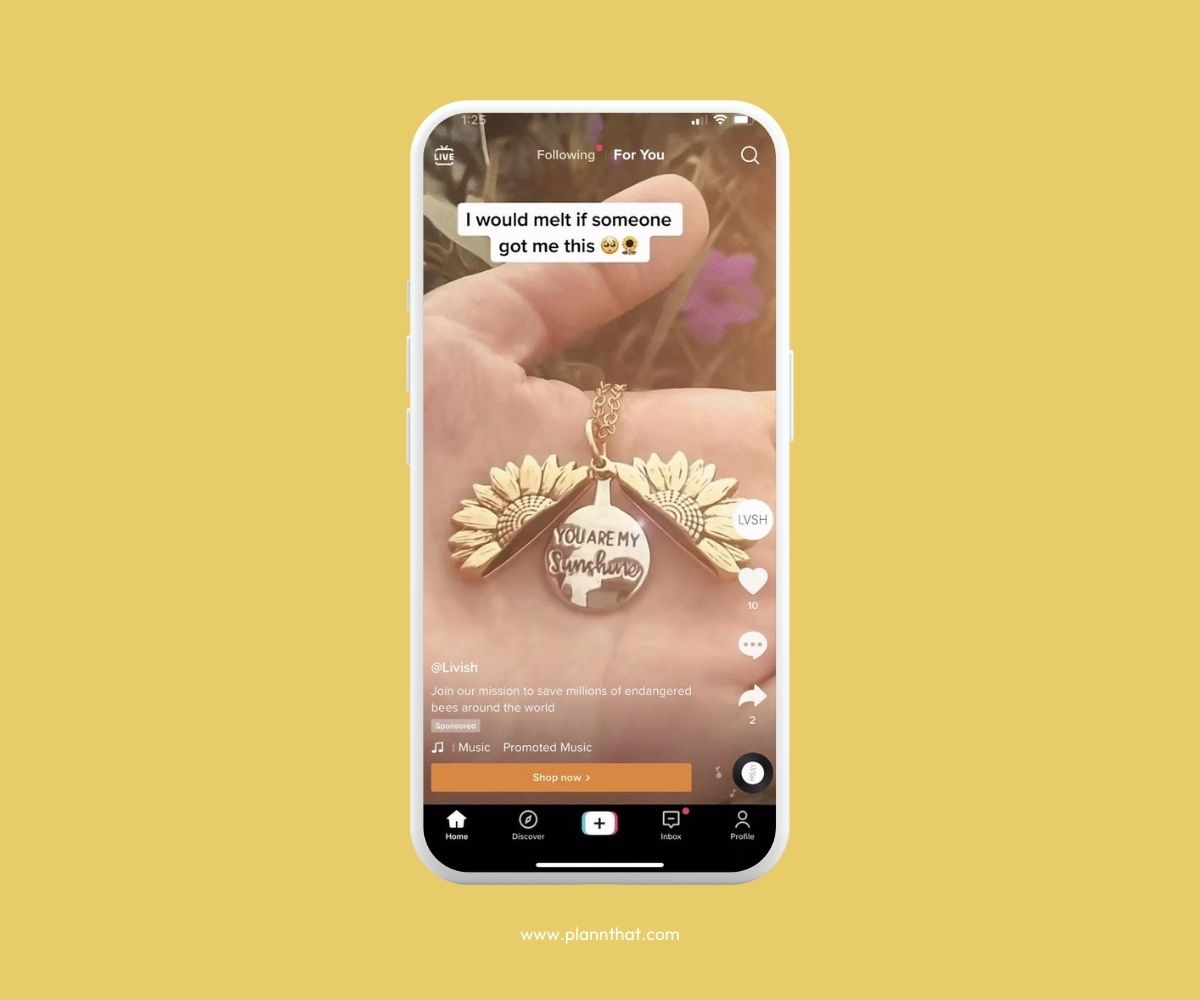
Example of TikTok in-feed ads
TopView ads have a format similar to that of in-feed ads. They appear when a user opens the TikTok app, occupying the screen for seconds.
Another ad that shows up after opening the platform is a branded takeover. These ads feature images or short-form videos lasting three seconds, usually to guide users to a landing page or challenge:
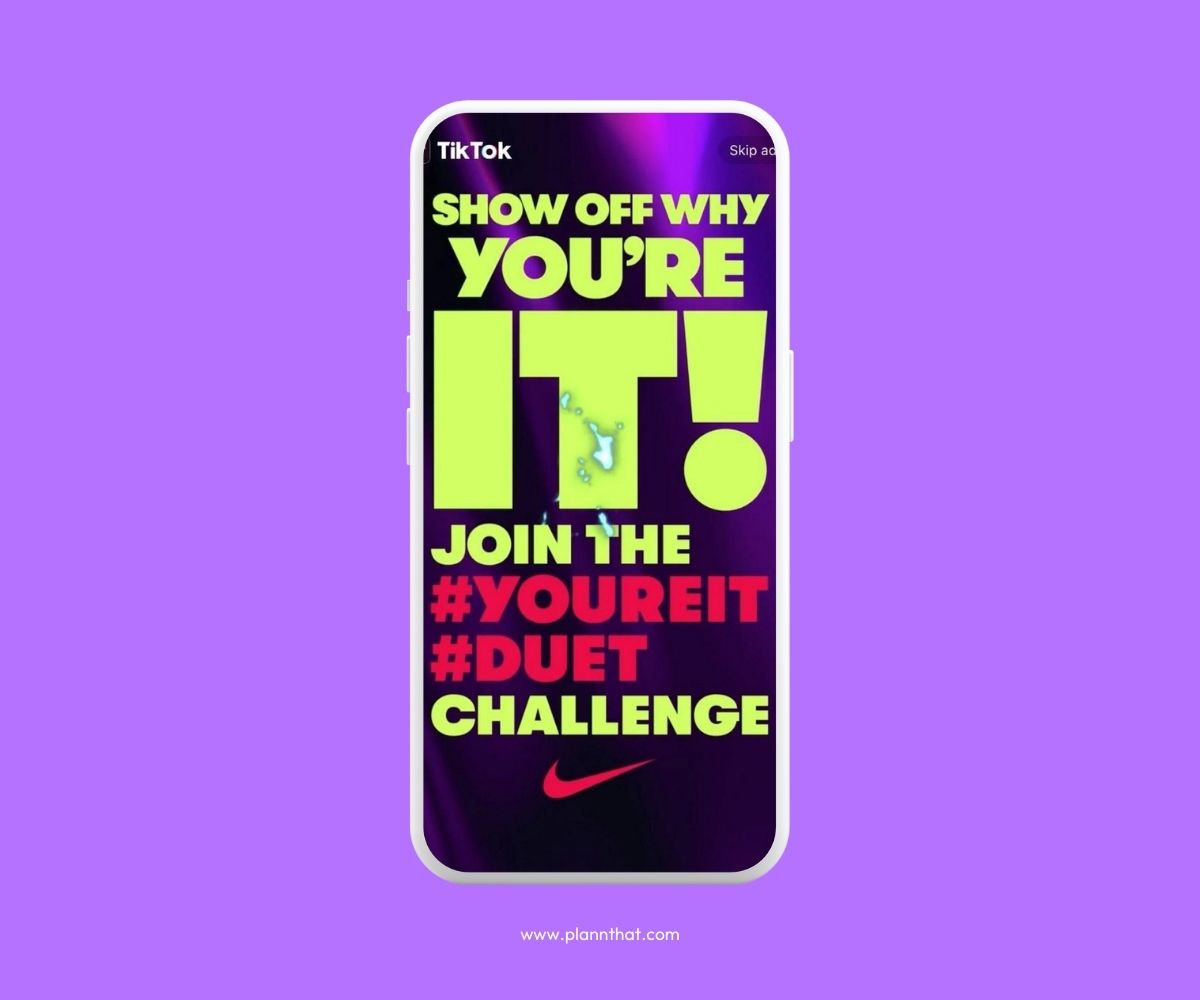
Example of TikTok takeover ads
There are also branded hashtag challenges. These encourage users to create and share content using hashtags. Such ads like the one below tap into user-generated content to build a sense of community.
Essentially, TikTok options encourage creativity that can help you connect with its social media community through paid ads campaigns.
3. Engagement
The way users interact with ads varies between TikTok and YouTube.
On TikTok, the user base engages with ads much like they do with regular posts. They can comment, duet (create videos alongside an ad), and share, fostering natural interactions.
Although users can like some YouTube ad formats, the level of engagement is generally lower on the platform than on TikTok. The aim of ads on YouTube is largely to drive traffic to your owned channels, like your website, ecommerce store or app.
4. Cost
Both video-sharing platforms use an auction-based system. What you pay depends on the competitors bidding for a similar audience. If many advertisers target the same audience, expect a higher cost of advertising. Typically, the highest bidder secures the ad spot.
However, YouTube prioritizes content quality when accepting bids. Let’s say a competitor offers more money but presents a lower-quality advertising video. You can win with a lower bid if you have better quality.
In most cases, you bid based on cost per view or Cost Per Click on YouTube, which can range from $0.1 to $0.3 per view or click.
YouTube only charges CPV when someone watches your promotional video for at least 30 seconds or interacts with the ad. This is beneficial if you opt for the skippable ad format. As mentioned earlier, you can place essential details in the first few seconds. Even if the viewer skips, your brand has made an impression without costing you a dime.
You have to be careful, though. If your ads consistently get skipped, Google might label them as low quality, leading to increased ad costs over time.
The average cost per click on TikTok is $1, with a Cost Per 1000 Impressions of $10. The minimum spend for a campaign is $500. Meanwhile, the cost per mile or cost per 1,000 impressions is $10. These prices are more expensive than YouTube.
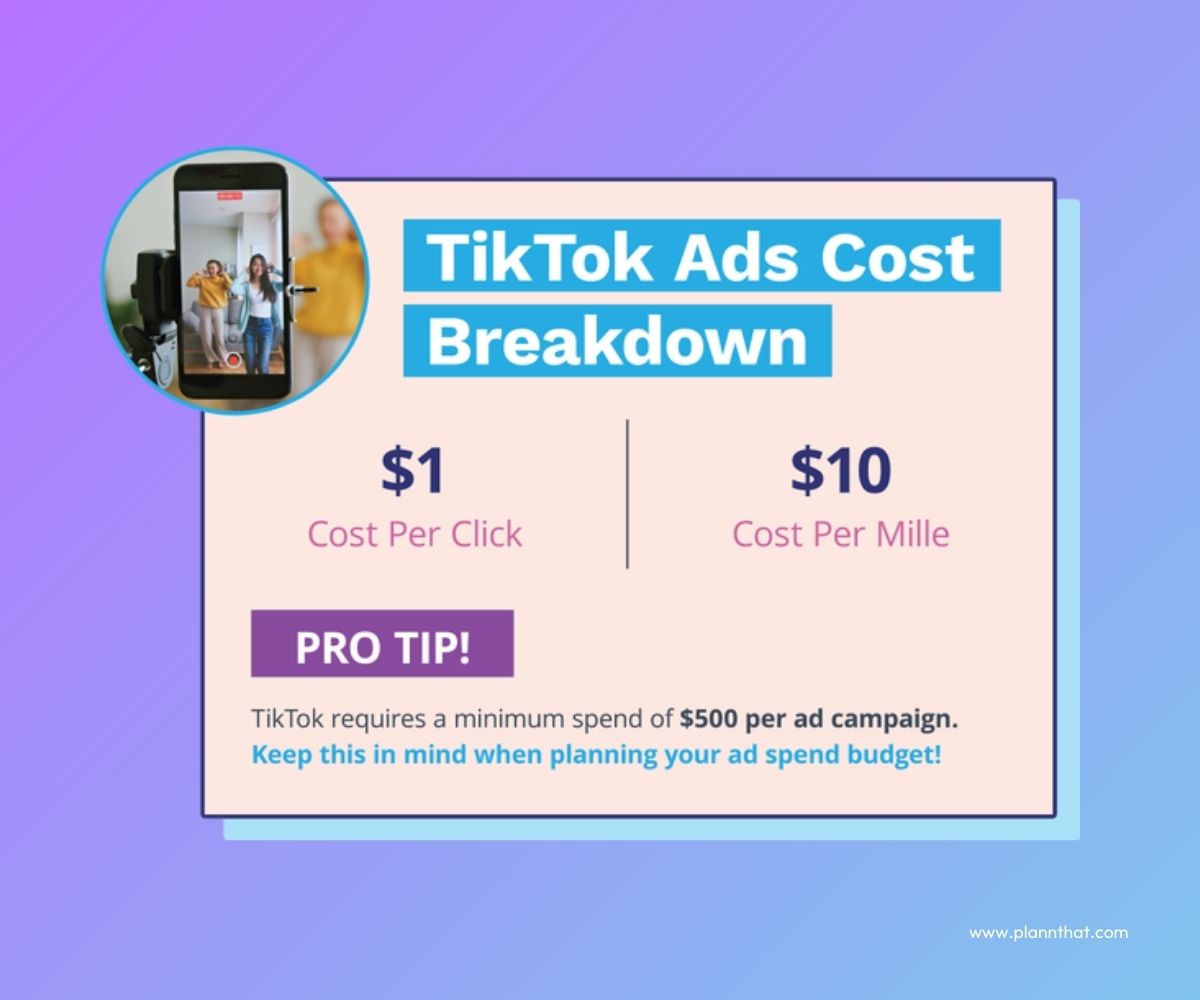
Explainer on the TikTok ads costs
However, you should equally consider the return on ads spend for a well-rounded perspective on the cost.
For example, the average ROI of YouTube campaigns is $2 for every $1. But, the ROAS can vary greatly depending on the specific industry in question.
TikTok advertisers, on the other hand, can expect a total ROAS of up to $2.6 for every dollar spent on ads.
So, even though YouTube has the edge with lower pricing, TikTok also manages to hold its ground.
5. Tracking and analytics
YouTube and TikTok provide user-friendly analytics. You can access them via a dashboard on their ad managers.
Here’s what to expect from TikTok’s ads manager:
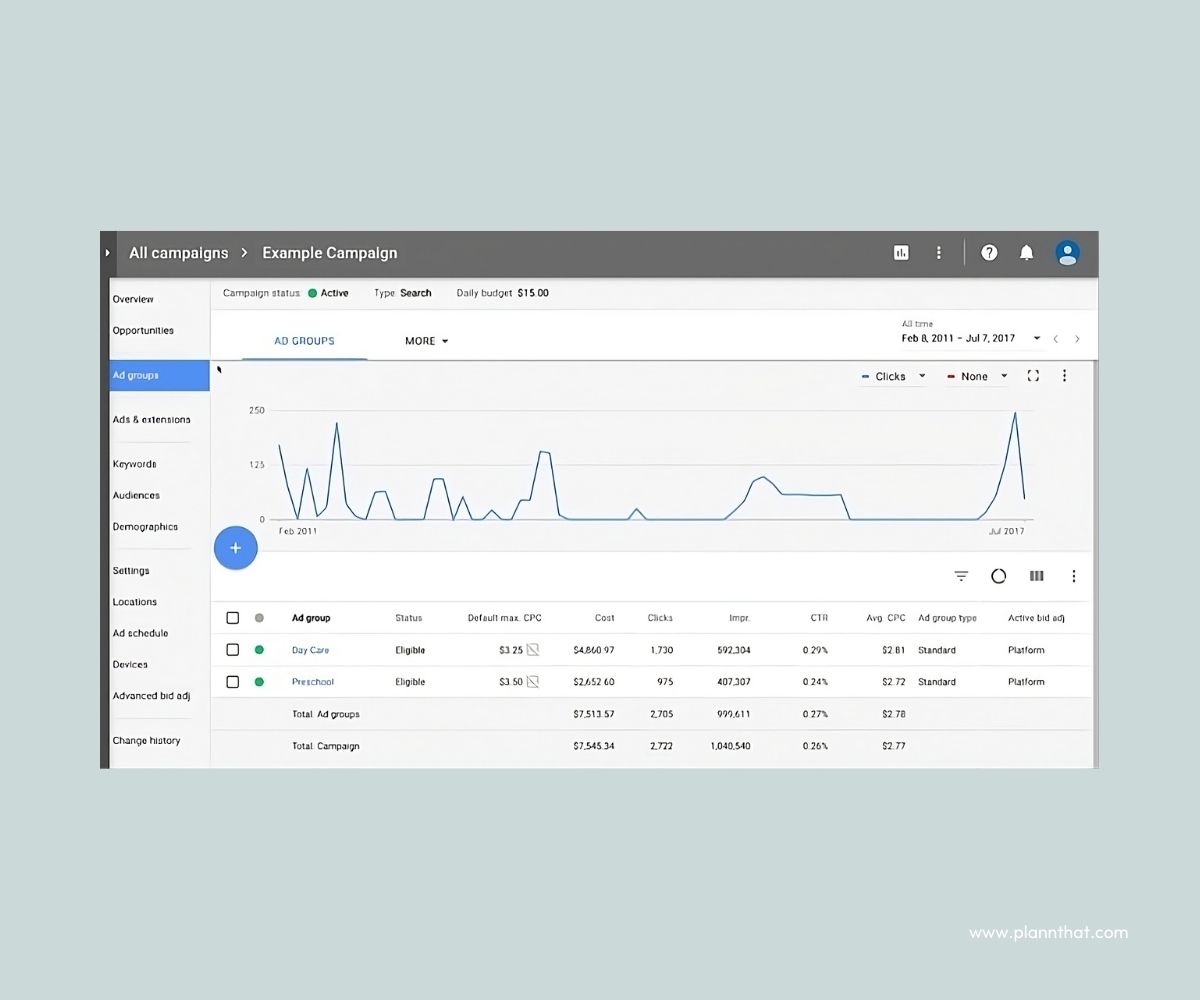
Screenshot showing the TikTok Ads Manager suite
Here’s YouTube’s ads manager suite:
These dashboards provide essential metrics related to your campaign performance, including clicks, ad spend, impressions, and conversions.
The advantage of YouTube is its integration with Google Analytics 4. You can get deeper insights into user behavior beyond the audience’s ad interaction, with the ability to link your YouTube campaigns to your SEO or search-related activity, too.
What works best for your marketing campaign?
Your answer to the TikTok ads vs YouTube ads debate depends on various factors, as discussed.
TikTok has a strong presence among the younger generation, while YouTube appeals to a broader audience. Your decision should align with where your user base spends their time.
TikTok might be ideal if you’re promoting a product aimed at Gen Z. Meanwhile, YouTube would work if you’re marketing to enterprise customers. It has a more “mature” audience.
If your campaign prioritizes creativity and engagement, TikTok’s ad content types can be appealing.
Ultimately, weigh these factors and compare them to your advertising campaign goals to decide which works best for you.
Plann for success with TikTok and YouTube campaigns
YouTube and TikTok ads have proven effective for every stage of the marketing funnel. However, if budget constraints mean you must choose one for your paid social media marketing strategy, the decision can be challenging.
In this TikTok ads vs. YouTube ads guide, you learned factors to consider before making your choice.
If you’re keen to take charge of your TikTok and YouTube accounts and attract followers who will love your posts, we think you’re ready for Plann! Our intuitive social media scheduling app makes it easy to take control of your content and map out the perfect audience-focused strategy.
Ready to grow your following and curate a strategic social media presence? Sign up for a free 7-day trial of Plann Pro today.
